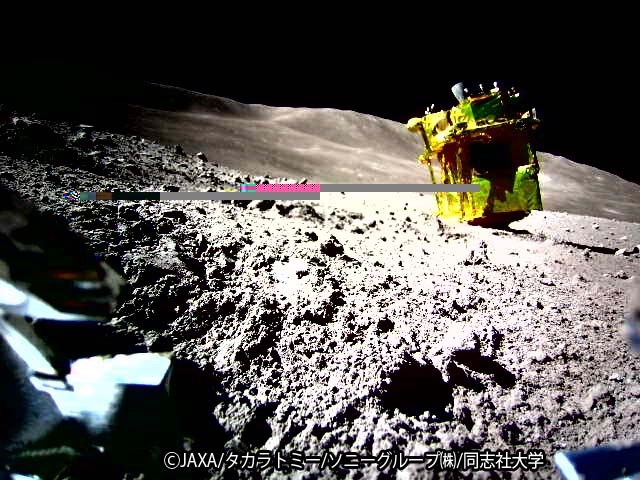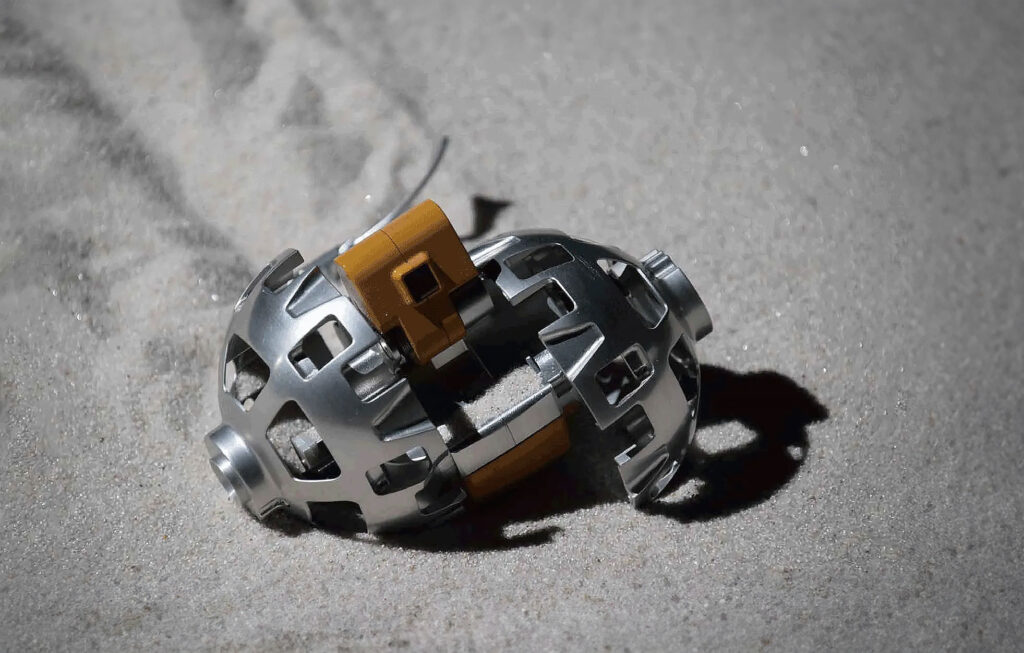The Japanese Aerospace Agency (JAXA) has published one of the images taken by the LEV-2 micro-rover. It clearly demonstrates that the SLIM spacecraft, also known as the “Moon Sniper”, landed “upside down”.
Fate of the SLIM spacecraft
SLIM’s landing took place on January 19th. Immediately after the landing, it became clear that something had gone wrong. The Japanese probe was unable to recharge its batteries. Later, it became clear that this was due to a violation of its orientation, as a result of which its solar panels were in the shade.

However, the inner filling of the SLIM was not damaged, so it transmitted information from the Moon for 2.5 hours. After that, the charge level of its batteries reached a critical point, and it was turned off. Before landing, the spacecraft also successfully dropped a pair of micro-rovers on the Moon.
One of them, called LEV-2, sent a number of images to Earth, including the one showing SLIM. The photo shows that the spacecraft landed in the wrong position, with the engine “upwards”. Why exactly this happened is not yet fully understood. Judging by the photo, SLIM sat down on the slope of the crater, but the height difference is not so large for tipping over, and there are no large rocks or pits in the picture.
In any case, JAXA engineers are still hoping that SLIM can still get in touch. When the Sun sets over Shioli Crater, in theory, it can illuminate the probe’s solar panels. The sunset over the Shioli crater will take place on January 31.
The smallest lunar rover in history
LEV-2 is the smallest lunar rover in history. Its weight is 250 grams, it is equipped with a pair of cameras, and it can move across the surface by changing its spherical shape.

The images it took were transmitted to Earth via another LEV-1 micro-rover, which confirmed that the communication function between the moon rovers was working normally. Unlike the LEV-2, the LEV-1 did not carry cameras. Its scientific load consisted of an inclinometer, a thermometer and a radiation sensor. LEV-1 used a jumping mechanism to move across the lunar surface.
Follow us on Twitter to get the most interesting space news in time
https://twitter.com/ust_magazine


